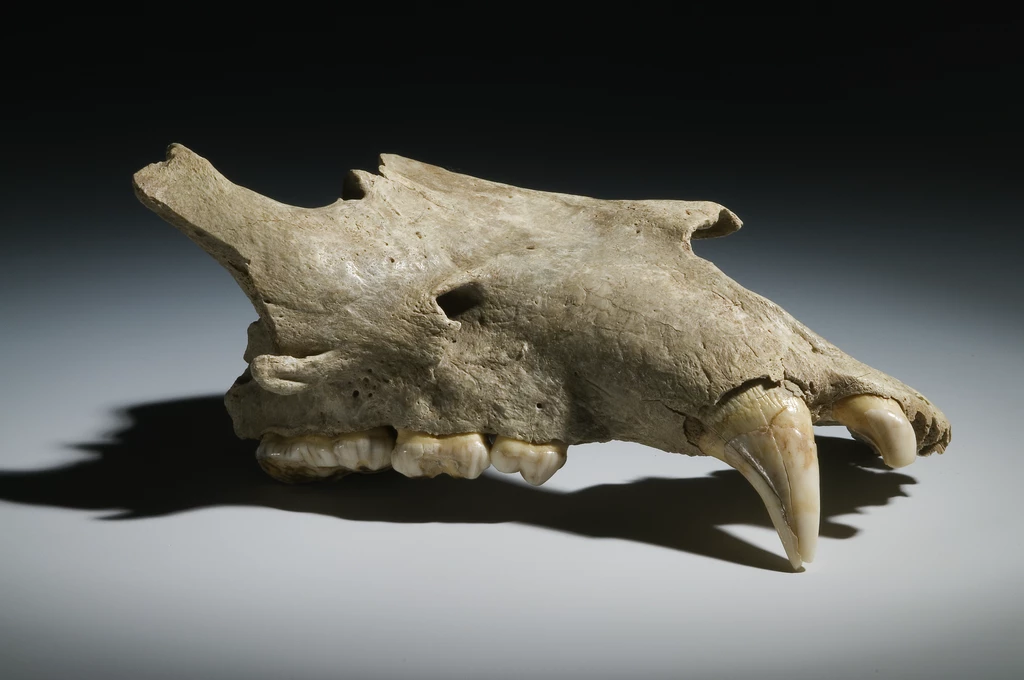Early Prehistory
This part of the collections covers almost the entire time that people have lived in Wales - almost 250,000 years in total. It is only the most durable of materials that have survived from these times: stone, bone, pottery and occasionally wood.
The first evidence of early humans in Wales is to be found at Pontnewydd Cave and dates to 250,000 years ago. These early Neanderthals left examples of their rough stone tools, the animals they hunted and ate and even their own bones.
With the evolution of modern humans, we see a greater variety in the range of tools used in Wales as well as the first evidence for ritual burial, at Paviland Cave, Gower, where a young man was buried covered in red ochre and accompanied by grave goods.
These early settlers faced a harsh landscape, caught for much of the time in the grip of the Ice Age. Around 10,000 years ago all this changed: the climate warmed, glaciers retreated and forests took their place.
In place of hunting herds of reindeer and mammoth, people hunted deer, fished and collected plants for food. This change in life is reflected in the tools they used, which were adapted to fit new needs.
This hunter-gatherer lifestyle continued until c.4,500 BC when farming was introduced to Britain from the Continent. Along with the new crops and animals also came the introduction of pottery and the development of trade routes, which stretched right across the British Isles linking communities over great distances. Perhaps of greatest importance to archaeologists, this period is also the first in which tombs were built, sealing the evidence of a past lifestyle for people today to decipher.
